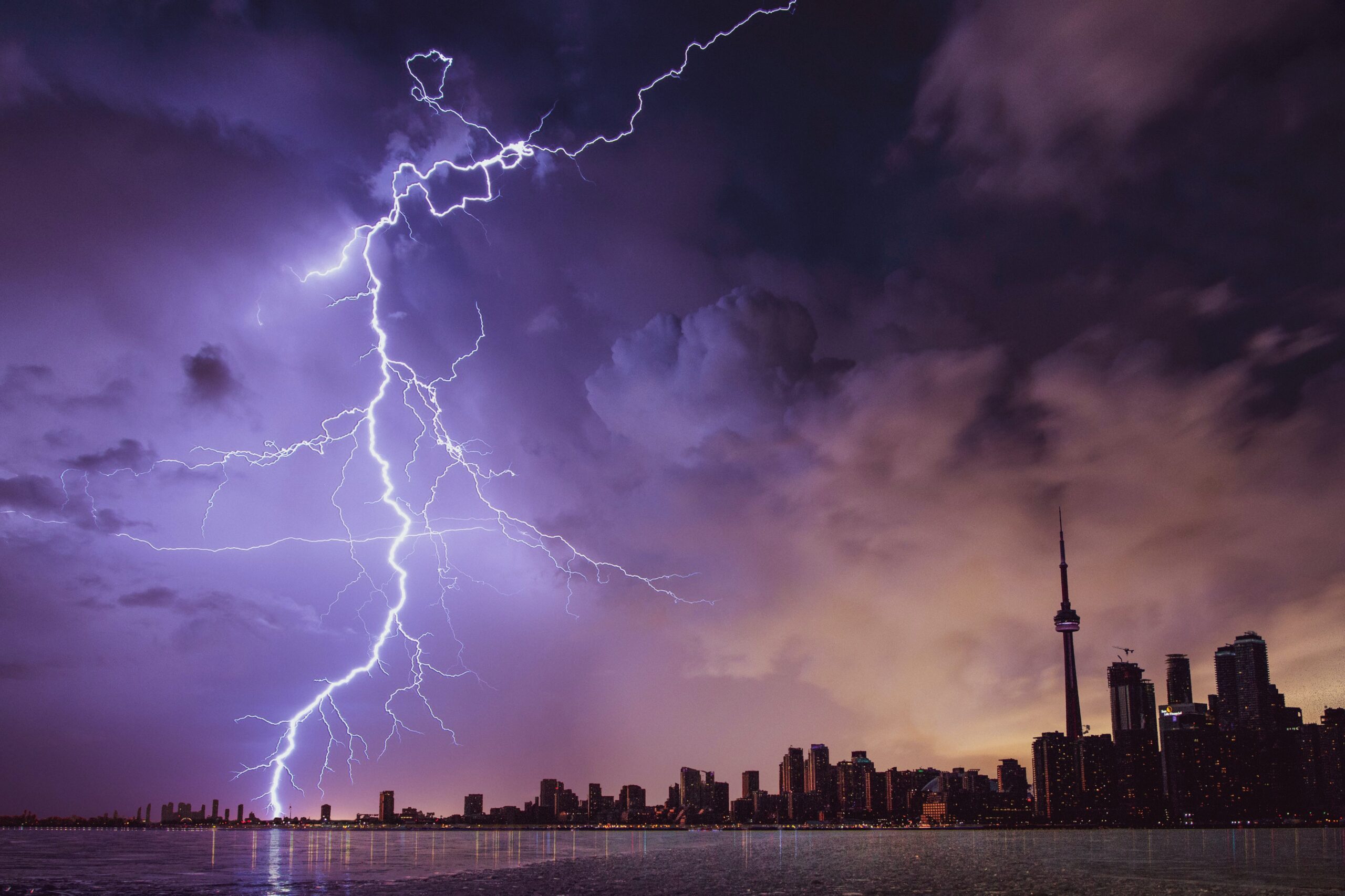The intensified marine heatwave taking over the Gulf of Mexico presents serious risks to the ecosystem along the coast of Florida, particularly its coral reefs. It adds an element of unpredictability to the approaching hurricane season. Water temperatures are at a historical high since they started spiking in late March, posing a dangerous threat to marine biodiversity and coastal communities. According to datasets from the National Oceanic and Atmospheric Administration (NOAA), on July 10th, 2023, a buoy located in Everglades National Park recorded an extraordinary temperature of 96.3 degrees Fahrenheit. Surface temperatures around southwest Florida’s coastline and Keys have shot up into the mid-90s range, approximately five degrees above average for this period of the year.
Effects on Coral Reefs
Increasing water temperatures pose major challenges, specifically considering that less than 5% of coral cover remains within the Florida Keys. NOAA researchers describe how excessively warm waters can cause corals to eject algae known as zooxanthellae, which they use for sustenance living within their tissues; this results in an event known as “coral bleaching.” This eventuality causes corals to lose all color and eventually wither away. The NOAA made an alarming announcement back in June warning about a considerable coral bleaching incident from mid-August to the end of September because of soaring water temperatures.
- Jeff Berardelli, Chief Meteorologist at WFLA-TV local news station situated out of Tampa, stressed that there is a climate ‘hot spot’ within the Keys where projections indicate surface water temperatures will remain high for approximately ten days, leading to significant coral bleaching incidents.
- Kim Wood, who serves as Assistant Professor in Geosciences Department at Mississippi State University, observed that it’s not just that Gulf water is becoming warmer but that it seems to be getting heated faster than in previous years.
Implications for Hurricane Season
This escalating heat phenomenon could lead to stronger hurricanes, even if it doesn’t increase the frequency of such events. As warmer temperatures add more energy into the climate system, they foster the formation of more potent cyclones. Last week, Colorado State University adjusted their forecast for this year’s hurricane season, now predicting an ‘above-average’ season with 18 named storms, including four major hurricanes. Furthermore, the arrival of the El Niño weather pattern is anticipated to bring in more record-breaking heat. El Niño patterns are known to push the Pacific jet stream south, potentially inhibiting the development of hurricanes.
Widespread Effects
The impact of this heat wave isn’t confined to the marine ecosystem alone. Florida is grappling with a record-breaking heat dome that has sustained heat index temperatures above 100 degrees for the past 30 days. This increase in temperature makes the air more humid, preventing nighttime cooling and increasing the discomfort for residents. Concurrently, other parts of the United States have faced catastrophic flooding, savage heatwaves, rare tornadoes, and a smoky haze from Canadian wildfires.
Conclusion
This mounting ocean heat wave serves as a stark reminder of the urgent need for global cooperation in addressing climate change. As the world battles these intensified weather patterns, it is becoming increasingly clear that climate change is not a distant future event but a present reality that requires immediate attention and decisive action.










